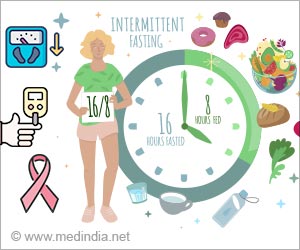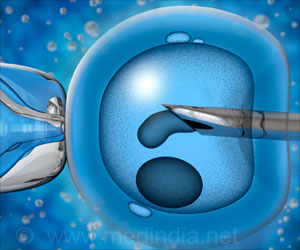The starchy water left over from cooking sweet potato was found to have slimming effects.

- Sweet potato is the world’s fifth most important food crop
- Sweet potato proteins in wastewater lowered body weight in mice fed on high fat diet
- More research is needed to determine whether this slimming effect also happens in humans.
In a new research Dr. Koji Ishiguro from National Agriculture and Food Research Organization in Japan and colleagues wanted to use the waste to study the effect of proteins found in the water on digestion in mice.
"We throw out huge volumes of wastewater that contains sweet potato proteins - we hypothesized that these could affect body weight, fat tissue and other factors," explained Dr. Ishiguro. "Finding alternative uses for the sweet potato proteins in wastewater could be good for the environment and industry, and also potentially for health."
Three groups of mice were fed high fat diet; one group was given protein digest - sweet potato peptide (SPP) at a higher and the other group at a lower concentration. After 28 days the following measurements were done on the mice
- Liver mass and fatty tissue
- Levels of fats cholesterol and triglyceride
- Levels of leptin (hunger hormone)
- Levels of adiponectin (hormone that regulates metabolic syndrome)
Mice that were given SPP showed the following results
- Lower body weight and liver mass
- Lower cholesterol and triglyceride levels
- Higher levels of hunger and lipid-controlling hormones.
The study suggests that levels of sweet potato peptide (SPP) help activate appetite suppression and control lipid metabolism in mice fed on high fat diets.
According to the International Potato Center (CIP), every year more than 105 million metric tons of sweet potato are produced.
In Japan, 15% of sweet potato is used to produce starch materials, processed foods, and distilled spirits.
The study is published in the journal Helion
Reference
- Koji Ishiguro et.al. Effects of a Sweetpotato Protein Digest on Lipid Metabolism in Mice Administered a High-fat Diet; Heliyon. 2016;Volume 2, Issue 12 DOI: 10.1016/j.heliyon.2016.e00201











